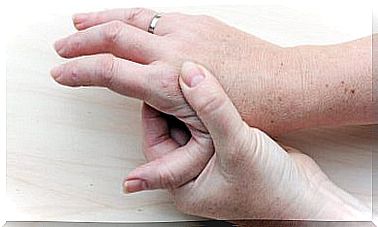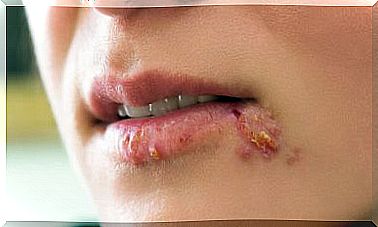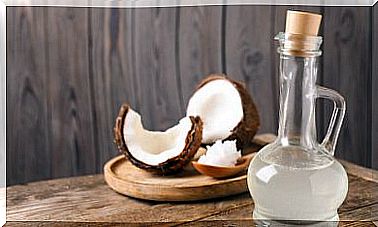High Eye Strain: Causes And Treatment
High eye strain is a dysfunction in the eye that increases the risk of glaucoma, which in turn can lead to total blindness. The most problematic thing is that ocular hypertension does not produce any symptoms and usually goes unnoticed until it is too late.
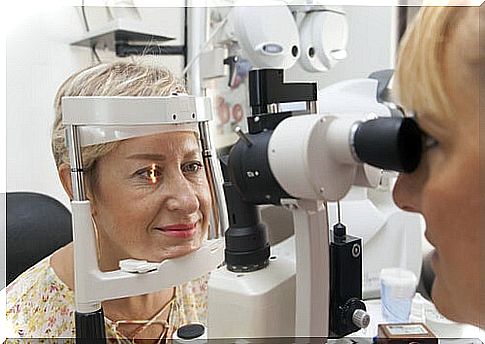
When talking about high eye pressure, it means that the pressure inside the eye is higher than normal. The consequences of this are not predictable. Some people have this problem and never have damage to the eyes, while in other cases there is a total loss of vision.
One of the difficulties of high eye pressure is that, in most cases, it occurs without the person who suffers it noticing. It does not produce symptoms, until it is probably too late. The only way to prevent this problem is to have regular medical check-ups.
There are some people who are more predisposed to high eye strain. Among them are those who have a family history of this problem, or glaucoma, as well as those over 40, hypertensive, myopic and those who have used steroids for a long time, among others.
What is high eye pressure?
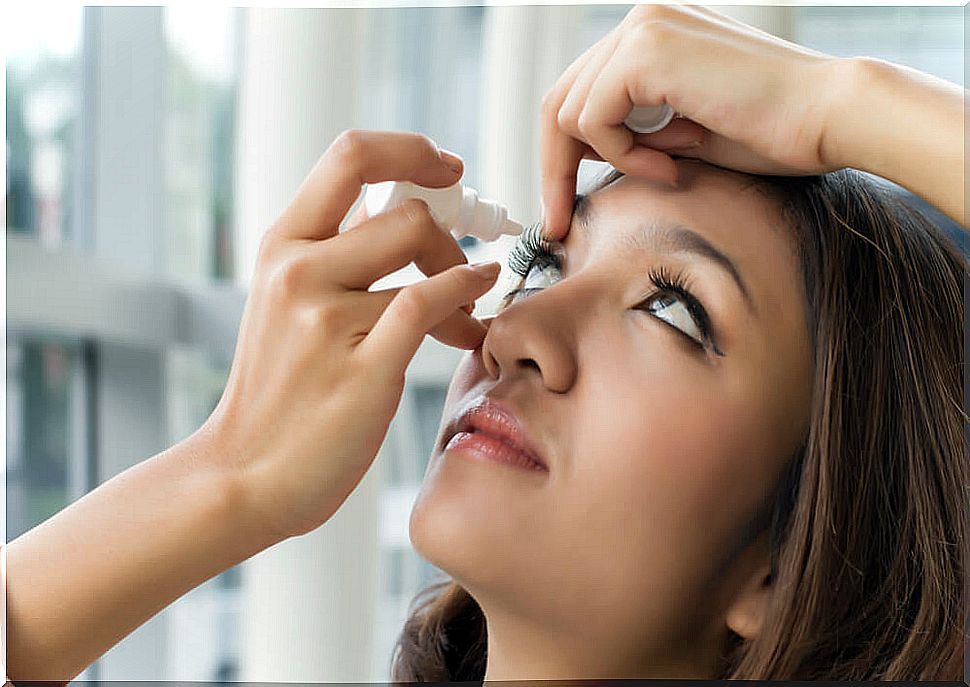
The eye maintains a certain internal pressure, which allows it to function properly and maintain its shape. Aqueous humor is a substance that is in the eye and is responsible for the balance of that pressure, to a great extent. This nourishes and oxygenates the cornea and lens.
Aqueous humor is a clear liquid. If the amount of this humor in the eye remains constant, the pressure in the eye is normal. But if it increases, or is not evacuated correctly, the consequence is high eye strain. The optic nerve is then depressed and this can lead to various vision problems.
When there is high eye pressure, the risks of developing glaucoma are increased 10 to 15 times. Glaucoma, in turn, is a very serious optical disease, which can lead to complete loss of vision. For that reason, ocular hypertension is a problem that should never be overlooked.
Eye pressure and the absence of symptoms
As we pointed out before, one of the main difficulties of ocular hypertension is that, in the vast majority of cases, it occurs without causing any symptoms. The only way to detect it is through a professional exam , with a device called a tonometer.
The tonometer allows to measure the tension of the fluids in the eye. Intraocular Pressure (IOP) levels are measured in millimeters of mercury (mmHg). If they are in the 11-22 mmHg range, the eye strain is normal. If they exceed that limit, there is high eye strain.
Causes
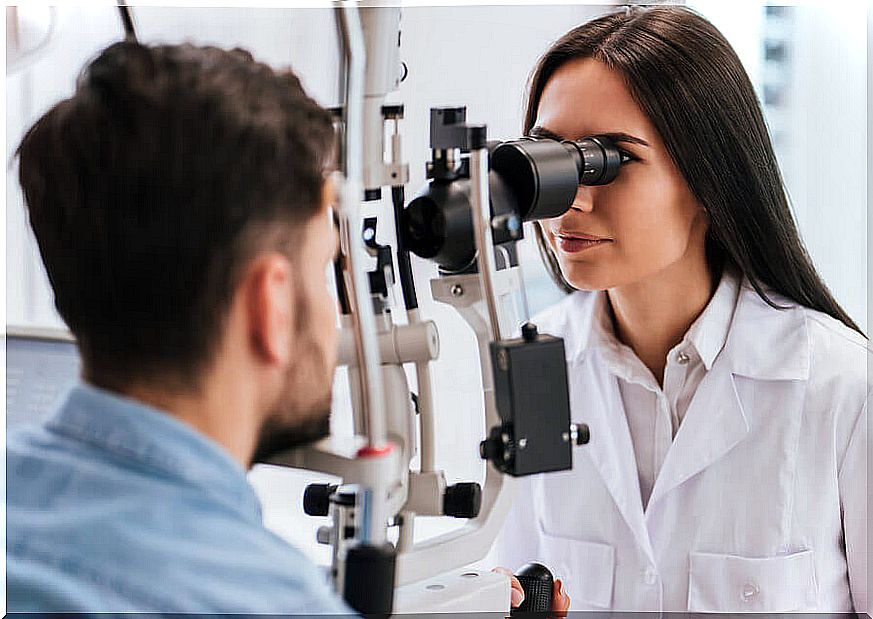
As suggested by this report from the American Ophthalmological Association, the main factors that lead to developing ocular hypertension are the following:
- Production of excess aqueous humor. Aqueous humor is produced in an area of the eye called the ciliary body. If this generates it in an abnormal amount, the pressure in the eye increases.
- Insufficient drainage of aqueous humor. Aqueous humor drains out of the eye through a structure called the trabecular meshwork. If the drainage is not efficient, it increases the stress on the eye.
- Effect of drugs. Some medications cause high eye pressure; in particular, those that contain steroids.
- Trauma to the eye. Injuries to the eye can lead to excessive production of aqueous humor or failure of drainage.
- Diseases of the eye. Pseudoexfoliative syndrome and pigment dispersion syndrome and corneal arch, in particular, tend to increase the stress on the eye.
Available treatments
The treatment of ocular hypertension is done through drugs, laser procedures or surgical interventions. The health professional will determine which of them to choose, according to the characteristics of each case.
Some of the available treatments are as follows:
- Use of ocular hypotensives. They are drugs to decrease the production of aqueous humor or increase its drainage. They come in the form of drops to apply regularly to the eye.
- Trabeculoplasty. It is carried out with an argon laser, on the trabeculum. Seeks to increase the outflow of aqueous humor.
- Transsclereal cyclophotocoagulation. It is carried out with a laser, on the ciliary body. Reduces the production of aqueous humor.
- Non-perforating deep sclerectomy. It is a perforation in the white part of the eye (sclera) to facilitate drainage.
- Iridoplasty. It is an argon laser procedure to promote the drainage of the aqueous humor.
- Iridotomy. It is carried out with a YAG or argon laser to facilitate the drainage of the aqueous humor.
If glaucoma has already developed, the usual is to go to interventions such as application of drainage devices or valves, goniotomy, trabeculostomy with excimer laser or MIGS ( Minimally Invasive Glaucoma Surgery ). The latter also applies to cases of ocular hypertension.




